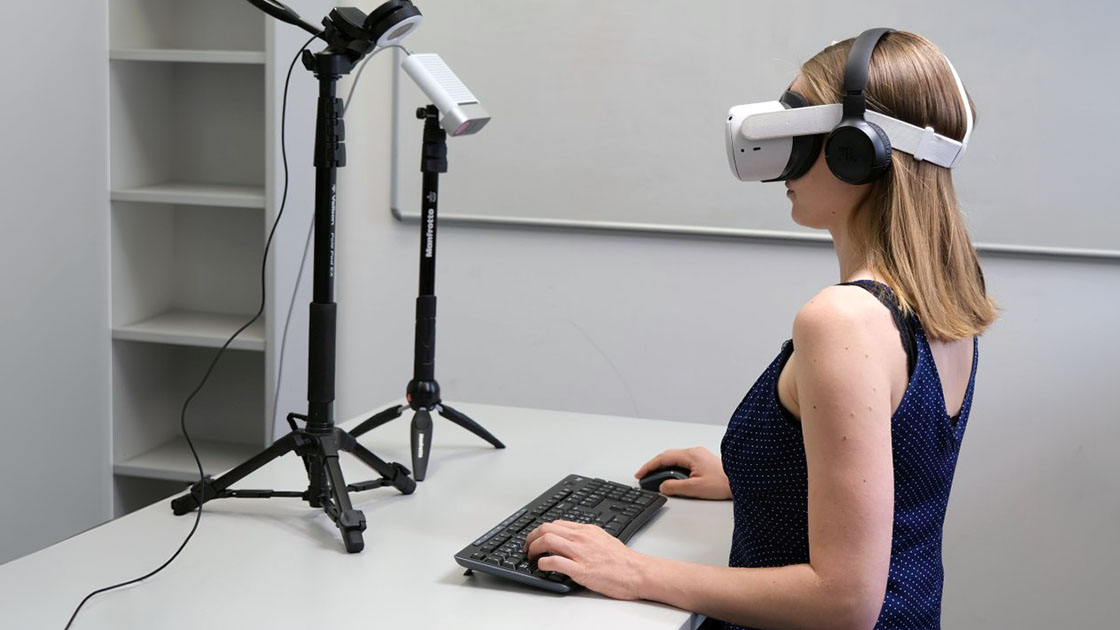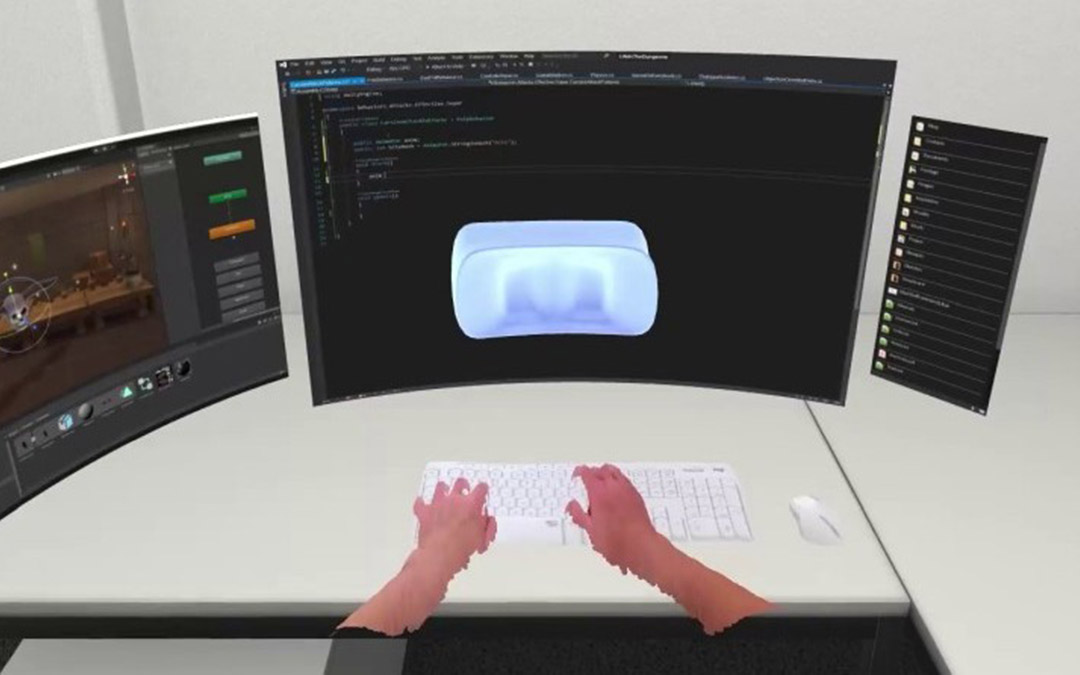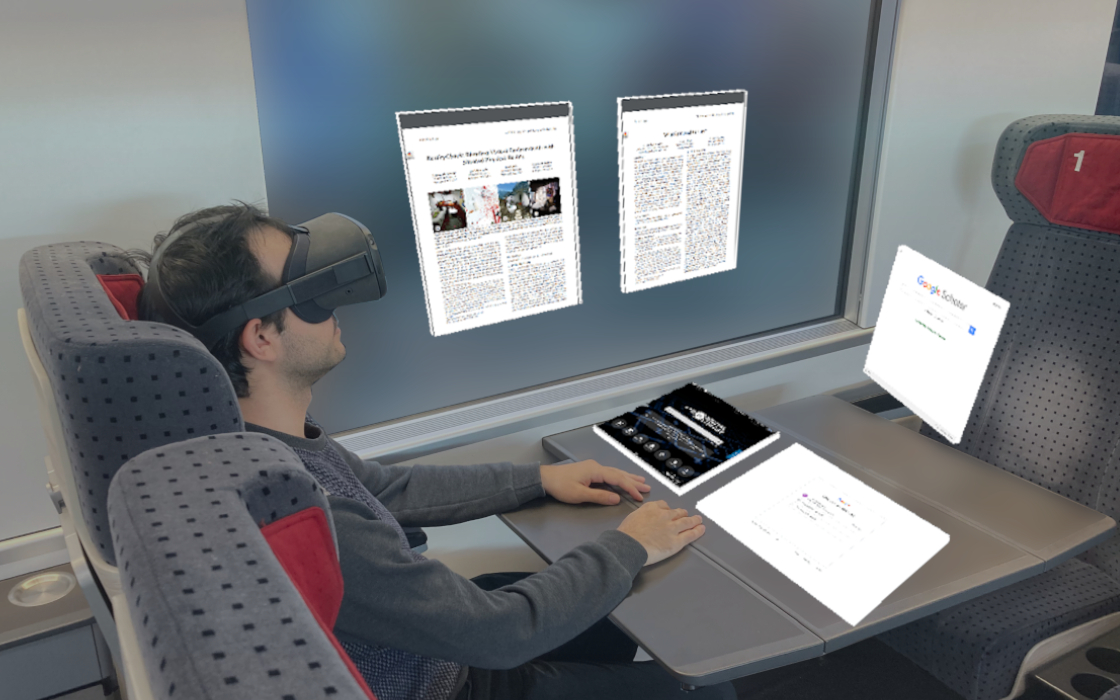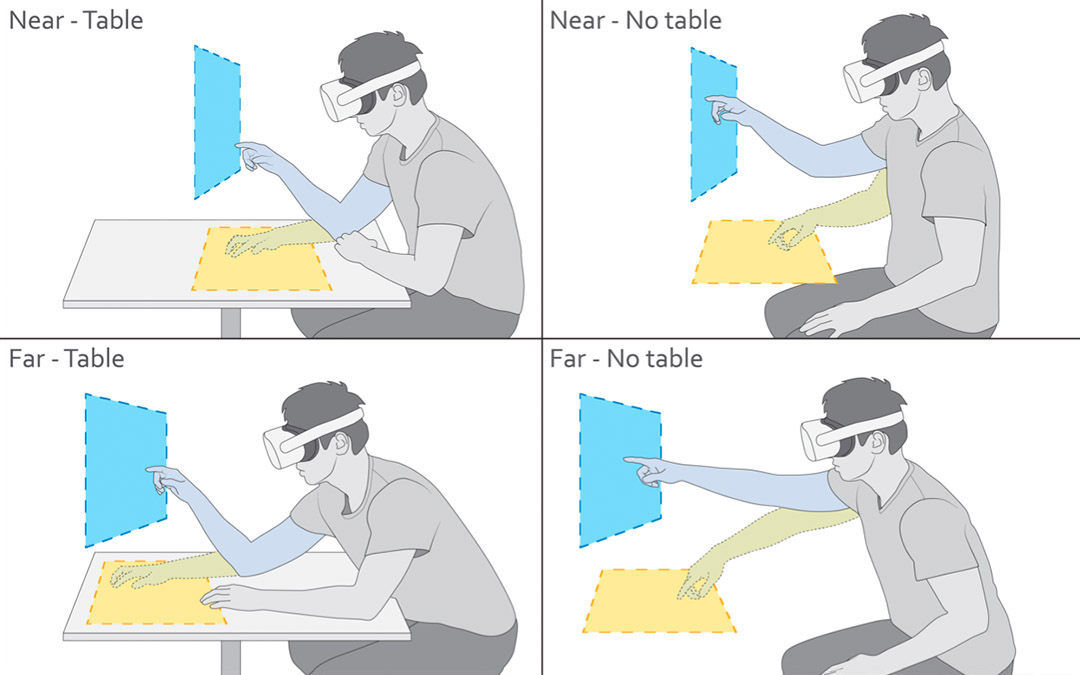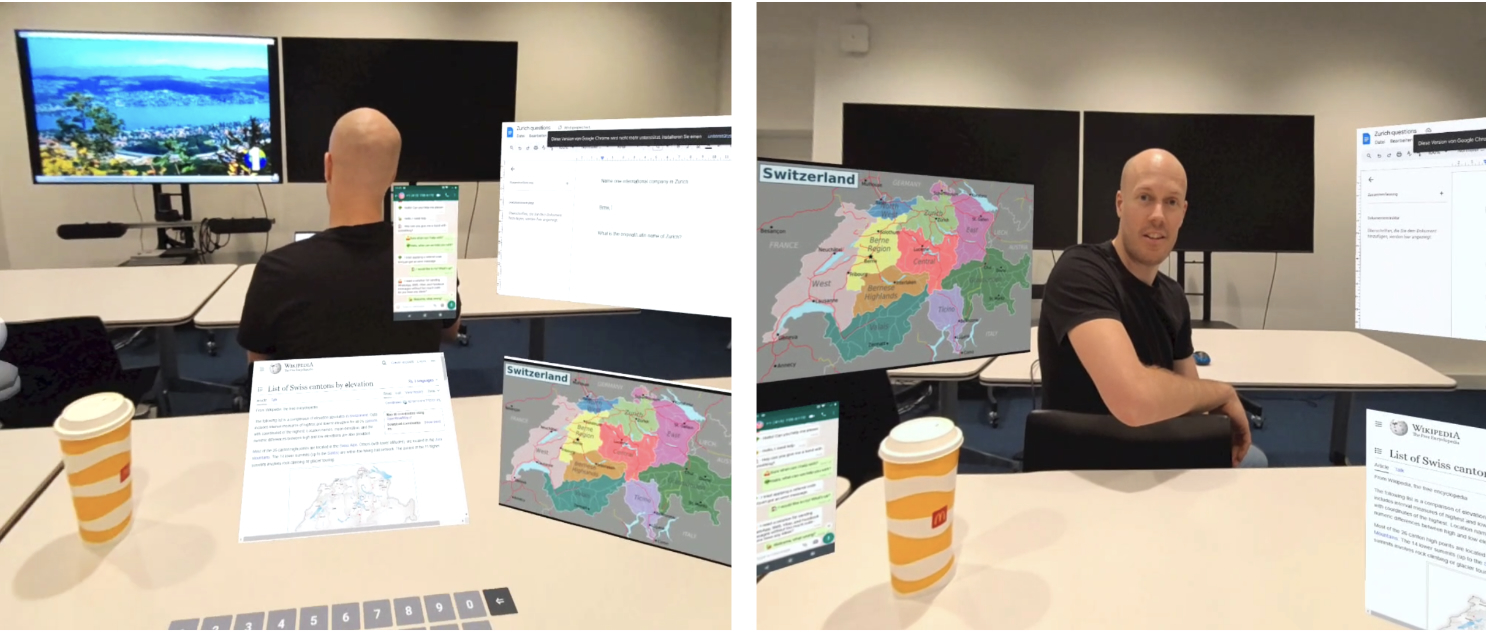Comparing Synchronous and Asynchronous Task Delivery in Mixed Reality Environments
IEEE TVCG 2024Abstract
Asynchronous digital communication is a widely applied and well-known form of information exchange. Most pieces of technology make use of some variation of asynchronous communication systems, be it messaging or email applications. This allows recipients to process digital messages immediately (synchronous) or whenever they have time (asynchronous), meaning that purely digital interruptions can be mitigated easily. Mixed Reality systems have the potential to not only handle digital interruptions but also interruptions in physical space, e.g., caused by co-workers in workspaces or learning environments. However, the benefits of such systems previously remained untested in the context of Mixed Reality. We conducted a user study (N=26) to investigate the impact that the timing of task delivery has on the participants’ performance, workflow, and emotional state. Participants had to perform several cognitively demanding tasks in a Mixed Reality workspace. Inside the virtual workspace, we simulated in-person task delivery either during tasks (i.e., interrupting the participant) or between tasks (i.e., delaying the interruption). Our results show that delaying interruptions has a significant impact on subjective metrics like the perceived performance and workload.
Reference
Lara Sofie Lenz, Andreas Fender, Julia Chatain, and Christian Holz. Comparing Synchronous and Asynchronous Task Delivery in Mixed Reality Environments. In Transactions on Visualization and Computer Graphics 2024 (IEEE TVCG).
